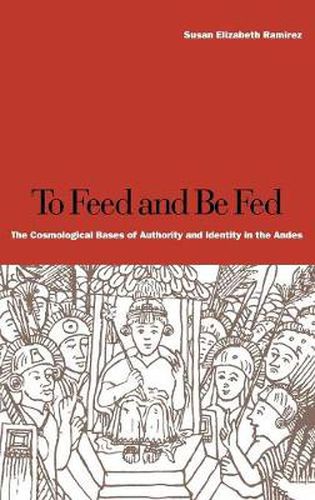Readings Newsletter
Become a Readings Member to make your shopping experience even easier.
Sign in or sign up for free!
You’re not far away from qualifying for FREE standard shipping within Australia
You’ve qualified for FREE standard shipping within Australia
The cart is loading…






This book reexamines the structure of Inca society on the eve of the Spanish conquest. The author argues that native Andean cosmology, which centered on the idea of divine rulership, principally organized the indigenous political economy as well as spatial and socio-kinship systems. Ramirez begins by establishing that the phrase el Cuzco, picked up from the native peoples by the Spanish invaders, referred not only to a place but also to the Inca leader. This leader acted as the center of the Inca universe, connecting the people to their ancestors, nature, and each other. From this starting point, the author revisits the Inca cosmology and looks at the way in which the ruler and other authorities connected the people to the gods and bound a diverse polity together under divine protection. Next, the book shows how rituals immortalized these leaders and connected the people to past generations. Finally, the author examines how a cosmology, centered on the divine nature of the king, defined the community and identity of the Andean people.
$9.00 standard shipping within Australia
FREE standard shipping within Australia for orders over $100.00
Express & International shipping calculated at checkout
This book reexamines the structure of Inca society on the eve of the Spanish conquest. The author argues that native Andean cosmology, which centered on the idea of divine rulership, principally organized the indigenous political economy as well as spatial and socio-kinship systems. Ramirez begins by establishing that the phrase el Cuzco, picked up from the native peoples by the Spanish invaders, referred not only to a place but also to the Inca leader. This leader acted as the center of the Inca universe, connecting the people to their ancestors, nature, and each other. From this starting point, the author revisits the Inca cosmology and looks at the way in which the ruler and other authorities connected the people to the gods and bound a diverse polity together under divine protection. Next, the book shows how rituals immortalized these leaders and connected the people to past generations. Finally, the author examines how a cosmology, centered on the divine nature of the king, defined the community and identity of the Andean people.